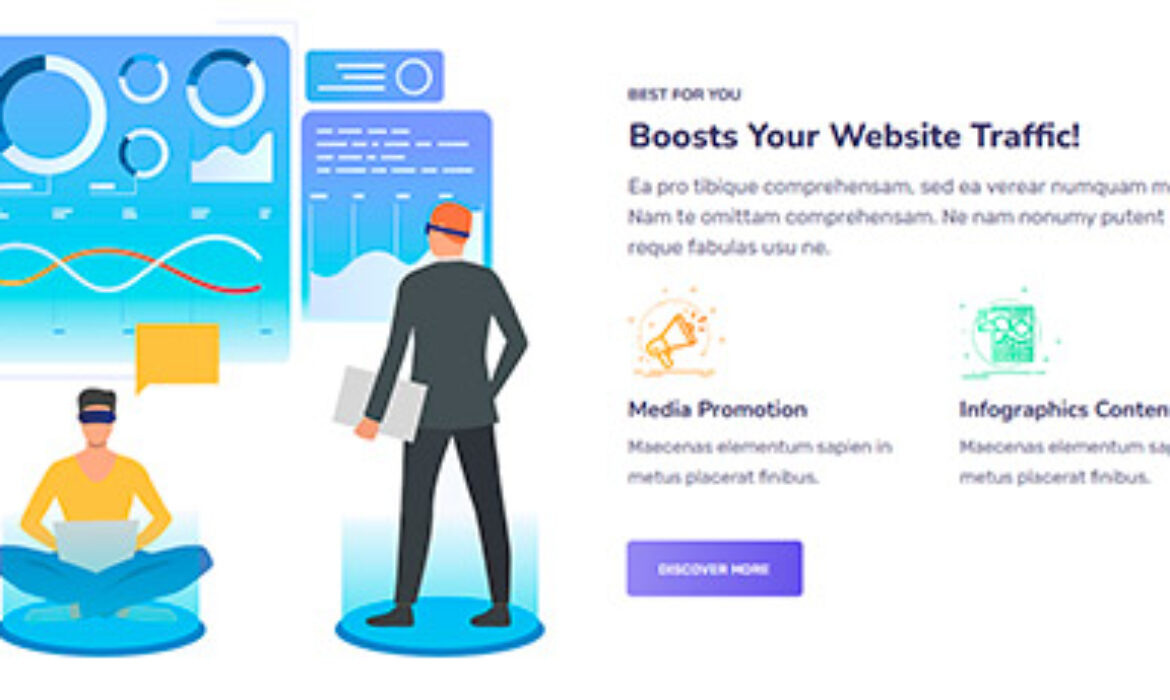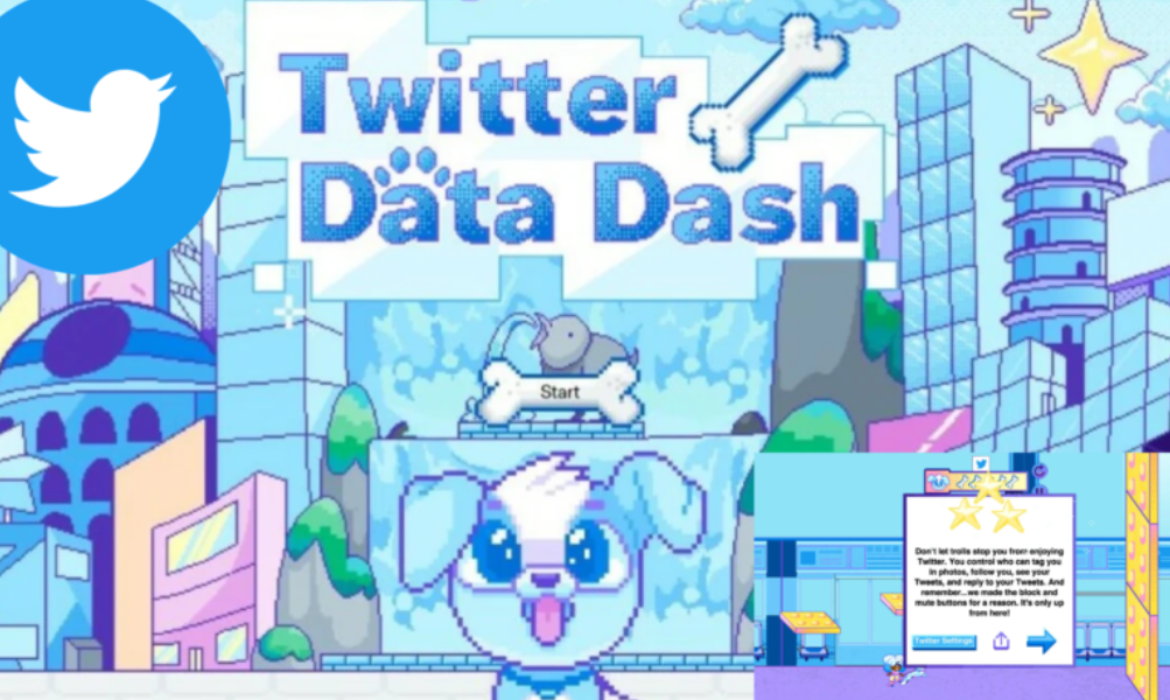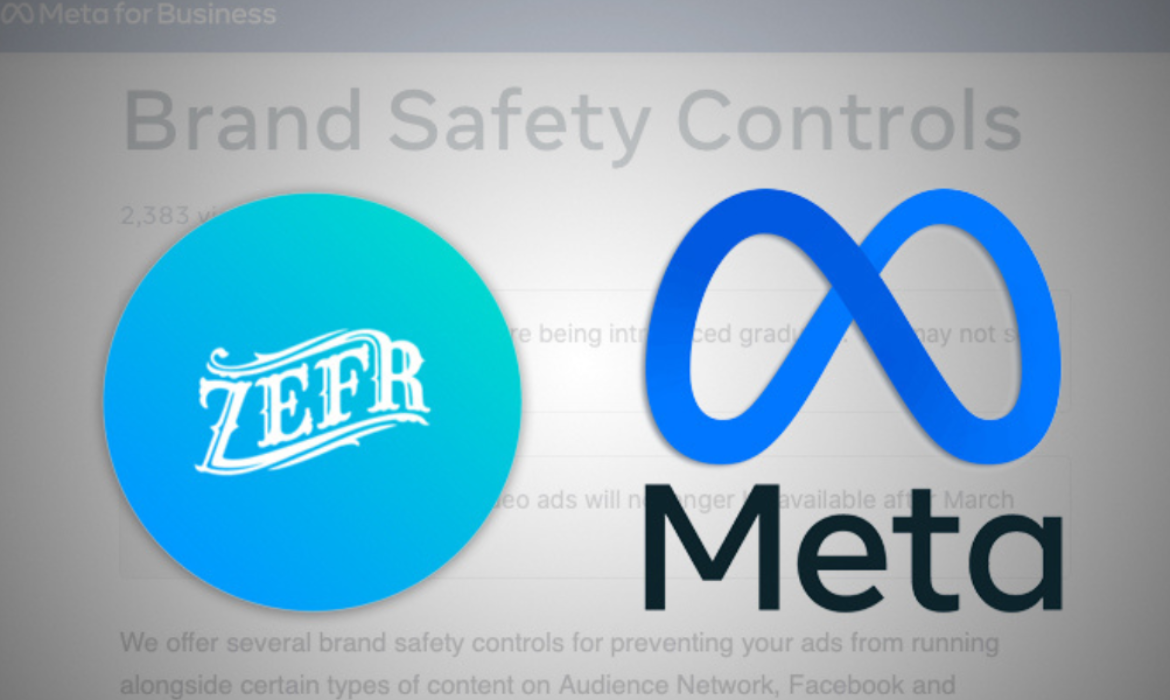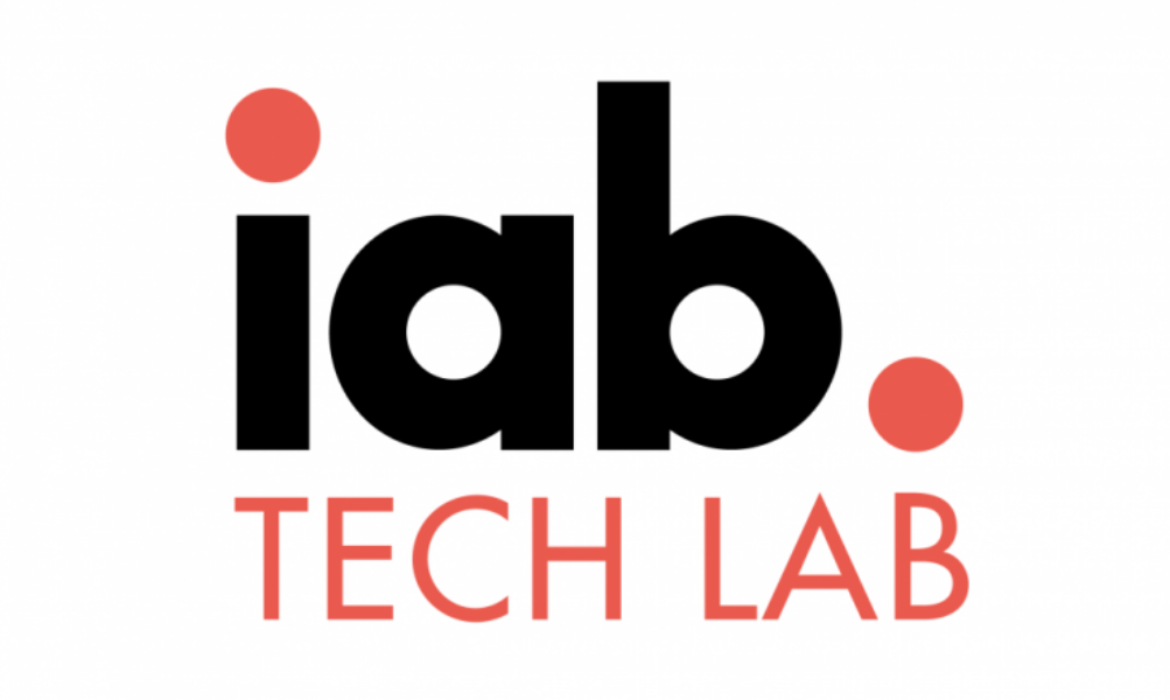The Trade Desk Makes It Easier To Activate First-Party Data, Releases ‘Galileo’ At CES
The Trade Desk announces new all-in-one CRM data solution Galileo at Consumer Electronics Show (CES). It aims to make it easier for marketers to act on first-party data. Galileo helps advertisers match their customer data with the content owners’ audiences in order to target more effectively. The ad tech giant has built integrations across the most sought-after platforms from CDP to cleanrooms to help advertisers match audiences using Unified ID 2.0 and objectively measure performance.
Why Galileo and how does it work?
The internet is changing and the identifiers that will stand that change is deterministic, email, and phone numbers based. Advertisers need a seamless and secure way to activate their CRM data. They also need to accurately match and measure it across publishers, channels, and devices. As part of Galileo, The Trade Desk now has direct integrations with CRM, CDP, and clean room providers, including Adobe, Amazon Web Services, Habu, InfoSum, LiveRamp, Salesforce, and Snowflake.
Galileo can enable advertisers to onboard and activate their first-party data quickly and easily. It incorporates:
- Seamless and direct onboarding of first-party data from anywhere – CRM data, customer data platform (CDP), or cleanrooms. Then match the audiences instantly using Unified Id 2.0.
- Aids to extend reach across the internet, unlike the silo identity solution. The new data solution lets brands match audiences across all publishers, platforms, devices, and channels — including connected TV — which provides a true omnichannel identity environment.
- Objective reporting and measurement of identity matching and advertising performance.
First-Party data is the go-to strategy for the buyers
Using Galileo, which The Trade Desk won’t charge extra for, is the DSP’s main business driver. According to an IAB survey, 53% on the buy-side are planning to pay more attention to placing their ads with publishers with first-party in 2023. The focus is more on first-party data when compared to cleanrooms or retail media networks.
The Trade Desk wants to be the easiest way for buyers newly introduced to first-party data to learn the ropes. Samantha Jacobson, Chief Strategy Officer, The Trade Desk said that we are at the tipping point of the internet. She further added,
“The infrastructure of the internet is embracing new identity solutions built for today’s digital media consumption across different devices and apps, such as Unified ID 2.0. In doing so, they are creating the richest identity ecosystem we’ve ever experienced, and one that aims to put consumer privacy at the forefront. With Galileo, we will help the world’s major advertisers take advantage of this by unleashing the value of their most valuable customer data.”
Galileo works in concert with new cross-channel identity solutions, including Unified ID 2.0 (UID2), which the majority of The Trade Desk’s data and publishing partners have embraced- Paramount is the most recent. It is the latest solution for TTD’s efforts for a post-cookie internet.
Interesting Read: Amazon Web Services Partners With Trade Desk’s UID2 To Integrate First Party Data
Edge over competitors
Trade Desk’s Galileo pitch to marketers goes beyond its now-centralized technology and explains what differentiates it from the competition. Jacobson said in the press release,
“With most walled gardens’ onboarding proposals, advertisers do not get a transparent view of how their data is performing, and therefore how their campaigns are performing. Galileo and Unified ID 2.0 remove this obstacle and allow advertisers to optimize their data across all digital advertising channels with granular reporting on data performance.” ”
Last year, Google released a similar solution called Publisher Advertiser Identity Reconciliation (PAIR). The Trade Desk is touting its own offering to undercut Google’s dominance. With Galileo, advertisers can use the data independently to understand how their campaigns perform.
Google confines the space of data sharing between a particular advertiser and a particular publisher, and not sharing anything out. However, the Trade Desk provides access to opted-in user data across publishers, how and where it is used, and its performance.
As reported by Adweek, Jacobson said, “With the way, Google’s approached it, advertisers can’t control when they’re marketing to me, Samantha, across different sites. They can’t understand the reach. They can’t control frequency capping.”
Furthermore, while acknowledging The Trade Desk supports PAIR’s prioritization of email-based identifiers, she said, “Google made it a black box and removed the understanding from the advertisers.”
The future is going to be first-party data and is a valuable asset where third-party data has a diminishing value. The Trade Desk and Google are both racing to develop tools to support the advertising industry’s needs.
Interesting Read: The Ultimate A-Z Glossary Of Digital Advertising!
Amazon Announces AWS Clean Rooms To Boost Adtech Growth
AWS launched a new service that will help customers and their partners inside an advertising or marketing organization share, analyze and collaborate on combined datasets without running the risk of revealing personal data. With AWS Clean Rooms, customers can create a secure data clean room in minutes and collaborate with any other company in the AWS Cloud to generate unique insights about advertising campaigns, investment decisions, clinical research, and more.
Amazon intends to capitalize on its success as a digital advertising platform as it foresees a void in data capabilities for advertisers when Google deprecates third-party cookies later next year. During the Amazon Ads Unboxed conference, Amazon highlighted the product as a homegrown data clean room. AWS clean rooms and planned identity resolution tools target brand marketers, agencies, publishers, and martech companies to provide purpose-built services.AWS Clean Rooms also includes advanced cryptographic computing tools that keep data encrypted, even as queries are processed, to comply with stringent data handling policies.
How does it work?

Credit: AWS
AWS data clean rooms explained
Data clean rooms are protected environments where multiple parties can collaborate and analyze data without revealing raw data. Amazon is also enabling customers to leverage clean rooms by addressing the old-school way of data sharing.- one company often has to provide a copy of their user-level data to their partners and rely on contractual agreements to prevent misuse.
They are hard and expensive to build, require complex privacy controls, and specialized tools to protect each participant’s data, and are time-consuming in customizing analytics tools. After building up a data clean room, it needs constant data updates for new collaborators and data types. Amazon is addressing these challenges with AWS data clean room. AWS allows 5 parties to collaborate in one collaboration.
For instance, an automotive brand with customer loyalty data can collaborate with another brand that has data on a user’s ad-clicking behavior for better insight and user experience. The idea is for brands and media publishers to set up a clean room and collaborate over data in a few clicks than spending time to build it. Companies collaborate, and contribute their data in any type while protecting the underlying data using configurable controls.
The company emphasizes the importance of sharing data for improving the effectiveness of advertising campaigns. In the future, third-party cookies will disappear, whereas tech giants like Apple will give consumers more control over their data privacy giving them more knowledge about how their data is being used.
Identity Resolution
In the coming months, AWS will also introduce new identity resolution capabilities to help businesses match and link customer records stored across disparate channels without the need to build and maintain complex workflows. The press release stated that with identity resolution capabilities, customers can create a unified view of their interactions with consumers. Companies who want to collaborate with other partners in a clean room can use automated identity resolution workflows that identify common user IDs across datasets and help them more easily join data together.
AWS Clean Rooms is available as a standalone offering and as part of AWS for Advertising and Marketing. It will be available in early 2023 on the U.S. East and West coasts as well as parts of Asia Pacific and Europe.
The Amazon Marketing Cloud
Amazon Marketing Cloud (AMC) is a secure, privacy-safe clean room application from Amazon Ads on Amazon Web series infrastructure. Marketers can use it for custom analytics and cross-channel analysis. Builders can utilize AMC APIs to create their own offerings, while analysts can interact with a user interface available through the Amazon Ad Console.
AMC’s core value proposition is its ability to ingest both in-store and direct-to-consumer sales. In Amazon’s clean room, this data can be integrated into analytics reports for advertisers to understand total sales and which channels are generating incremental sales. Paula Despins, vice president of Ads Measurement at Amazon Ads said,
“Providing marketers with greater control over their own signals, while being able to analyze them in conjunction with signals from Amazon Ads, is crucial in today’s marketing landscape.”
“By migrating AMC’s compute infrastructure to AWS Clean Rooms under the hood, marketers can use their own signals in AMC without moving data out of their AWS environment. This simplifies how marketers can manage their signals and enables AMC teams to focus on building new capabilities for brands.”
How clean are clean rooms?
There is a lot of debate around data clean rooms safety and security and remains an open question. Programmatic landscapes are evolving, and clean rooms are just one part of them. Insider Intelligence shows that 37% of media owners and agencies respectively are increasing their investment in clean rooms. Earlier this year, Omnicom, Roku, and Disney launched clean rooms.
Security concerns arise despite the fact that they do not reveal private customer information. Thus, businesses must ensure that they adhere to consistent security and privacy rules or risk consumers calling them out. Thus, businesses must ensure that they adhere to consistent security and privacy rules or risk consumers calling them out.
More to Read: Clean Rooms Explained: How Marketers Can Prepare For Cookieless World
Google Prepares To Bring Privacy Sandbox Beta To Android
Google’s Privacy Sandbox features will start appearing on Android phones next year. The move will make it possible for stakeholders in the mobile advertising ecosystem to prepare for a future where targeting and attribution will be more restricted.
After developer previews of Privacy Sandbox for Android 13 have led to its entry into beta to allow developers to test “private advertising solutions on mobile”. Ad tech and app developers will be able to use this beta with privacy-preserving APIs that don’t share user data with third parties or use cross-party identifiers.
There’s rapid progress being made on the Android version of Privacy Sandbox. Upon the start of the beta, developers and ad tech companies will be able to test many Android privacy sandbox APIs – Topics, FLEDGE, attribution reporting, and SDK Runtime more seriously.
Interesting Read: Privacy Sandbox By Google Shows Backdoor To The Third-Party Cookies.
Testing API’s
The Chrome Privacy Sandbox is incubating, and testing the mobile app versions of the three ads-related APIs: Topics, FLEDGE, and the attribution API.
Topics are designed to preserve privacy while showing relevant content and ads, and FLEDGE allows for remarketing and custom audience use cases. Attribution API is readily comprehensible.
SDK(Software Development Kit) Runtime is unique to Android Privacy Sandbox. It provides enhanced safeguards and guarantees around user data collection. This is done through a modified execution environment which limits data access rights and the set of allowed permissions.
The SDK Runtime, which separates advertising SDKs included by applications, will have a closed beta for developers to test Runtime-enabled SDK distribution to select apps because of the coordination required to test the SDK Runtime.
According to Google’s current policy, developers of third-party SDKs, such as in-app measurement companies, can share the same permissions as Android app publishers. In the latest proposals, publisher partners submit their SDK, which Google reviews and then approves or rejects.
In a nutshell, ad tech companies and developers interested in testing the Android versions of Topics, FLEDGE, and the reporting attribution API must enroll and verify. As part of the beta early testers program, they will also have to fill out a form. However, SDK Runtime remains in closed beta for a select number of apps. The blog said,
“To utilize the Beta release, developers will need to compile their solutions with an API level 33 SDK extension update that is coming soon.”
How different is Google from Apple?
Despite the fact that Google seems like a more collaborative partner in mobile than Apple, there’s much debate about how the future of identity will unfold. Google has not yet announced a formal deadline for when Android AdID, the mobile equivalent of the cookie, will be deprecated. In contrast to Apple’s SKAD network, which advertisers and developers have found volatile and non-transparent, Google’s framework offers more granularity and capability to effectively measure and target ads.
Google plans to roll out the initial Privacy Sandbox Beta to Android 13 mobile devices in early 2023. It will “start with a small percentage of devices and increase over time.” During this time, developers will continue to get access to the latest features before they are released to the public. Google is working with ad tech and app developers offering advice to advertisers and publishers in the blog post,
“We’ve heard from many advertisers and publishers about the role they can play in testing these new technologies. For companies that rely on third party solutions for ad serving or ad measurement, we recommend working with your providers to understand their testing roadmaps and how you can participate in early testing of Privacy Sandbox.”
Interesting Read:Google Makes Final Settlement In Location Tracking By Paying USD 391 Million
And Google Does It Again, Delays Phaseout of Third-Party Cookies
Advertisers and publishers can heave a sigh of relief as Google delays phasing out of third-party cookies in the second half of 2024. In light of the news, marketers, developers, and publishers will now be able to spend more time developing alternative privacy-preserving ad solutions. In spite of this, the industry feels the heat.
This is the second time Google pushed off the cookie demise. Previously, it extended the deadline to late 2023. However, Anthony Chavez, Google’s VP of the Privacy Sandbox, explained in a blog post that the decision is made based on feedback.
“The most consistent feedback we’ve received is the need for more time to evaluate and test the new Privacy Sandbox technologies before deprecating third-party cookies in Chrome. This feedback aligns with our commitment to the CMA to ensure that the Privacy Sandbox provides effective, privacy-preserving technologies and the industry has sufficient time to adopt these new solutions.”
Chrome plans to extend its Privacy Sandbox API testing timelines ahead of the death of cookies. Chavez said in the blog,
“This deliberate approach to transitioning from third-party cookies ensures that the web can continue to thrive, without relying on cross-site tracking identifiers or covert techniques like fingerprinting.
The web developers already have access to these APIs, and the company will roll out the trials beginning in early August.
“The Privacy Sandbox trials will expand to millions of users globally, and we’ll gradually increase the trial population throughout the rest of the year and into 2023. Before users are added into the trials, they will be shown a prompt giving them the option to manage their participation. As the web community tests these APIs, we’ll continue to listen and respond to feedback.”
For those unfamiliar, the Privacy Sandbox is Google’s initiative that replaces third-party cookies as well as cross-site tracking identifiers, fingerprinting, and other covert techniques once privacy-conscious alternatives have been developed.
Global regulators -all eyes on Google
Google’s privacy protocols have been on the radar of the global regulators after the UK’s antitrust regulator, Competition and Markets Authority (CMA) launched an investigation into the company’s cookieless solutions for the future. While the CMA accepted revised commitments from Google, it pledged not to remove third-party cookies until it was satisfied that its competition concerns had been addressed.
The ad industry’s and CMA’s main concern is that Google should not dominate the digital advertising space if other companies do not have access to third-party cookies. Hence, Google pledged not to give preference to its own adtech after cookie deprecation and work fairly with its competitors.
With the cookie phase-out announcement, companies are already involved in developing alternate solutions like data clean rooms, independent web IDs, and more. This further delay will give them additional time to prepare, test, and adapt new solutions. Brands can utilize this time wisely. They can explore as well as evolve their data and tech strategies to prepare for a cookieless future.
Twitter Level Up Its Privacy Policy, Turns It Into A Web Game
Twitter launched Twitter Data Dash, a browser game in Super Nintendo style that summarizes Twitter’s privacy policies. Its purpose is to teach people about the information that Twitter collects, how that information is used and what control users have over that information.

Image Credit: Campaign Middle East
The social media giant says the game is designed to help users learn how to “safely navigate the Twitterverse.” The company said in a statement,
Through Twitter Data Dash, we hope to encourage more people around the world to take charge of their personal information on our service and maybe even have a little fun in the process. Transparency is core to our approach and we want to help you understand the information we collect, how it’s used, and the controls at your disposal.
Interesting Read: New Video Game Measurement Allows Brands To Evaluate The Impact Of The In-Game Ads
While marketing its revised Privacy Policy, the company wanted to take a different approach to make users understand it in a simple manner. In addition, Twitter reorganized the policy into three major categories: data collection, data use, and data sharing.
So what’s different? We’ve emphasized clear language and moved away from legal jargon.
Beginning today, you can see the updates to our privacy policy and terms of service in the app via settings and on our redesigned privacy policy site.
— Safety (@Safety) May 11, 2022
As of last week, Elon Musk had announced he would be pausing his $45 billion purchase of Twitter, after discovering some accounts on the site were fake. Despite the buzz surrounding the Musk deal, it remains to be seen if this vintage side-scrolling video game will excite the users and serve its purpose.
Interesting Read: 6 Data Privacy Trends To Look Out For In 2022!
Integral Ad Science Expands Brand Safety Partnership With TikTok
Integral Ad Science and TikTok, a global leader in digital media quality, has expanded their existing partnership with TikTok. In addition to the IAS, Brand Safety Solution launched last September, IAS will now be able to measure viewability, invalid traffic (IVT), and app-level brand safety, allowing brands and agencies globally to effectively monitor the quality of their media buys on TikTok’s platform.
The company said advertisers will now be able to verify the performance of their TikTok campaigns, with trusted third-party measurement powered by the Open Measurement Software Development Kit (OM SDK). The OM SDK is governed by IAB and designed to facilitate transparent third-party viewability and verification measurement for ads served to mobile apps and open web environments.
Additionally, IAS will provide advertisers with granular campaign performance reporting 24 x 7 via its ‘Signal UI’, which will assist them to take immediate action and remain informed on campaign performance in real-time. Third-party verification is key to ensuring advertisers are getting the most out of their campaigns. This facilitates planning, KPIs, and measurement.
Interesting Read: The New World Of TikTok Marketing, Everything You Need To Know!
And That’s What They Said
Lisa Utzschneider, CEO, IAS said,
“We are excited to offer marketers an increasingly comprehensive set of IAS Media Quality Solutions to manage their advertising campaigns on TikTok. It is more important than ever for marketers to engage with users on social platforms and ensure that their ads appear next to brand safe & suitable content on a global scale. We are thrilled to deliver a holistic solution on TikTok and provide new levels of transparency and precision for these campaigns.”
Melissa Yang, Head of Ecosystem Partnerships, TikTok added,
“We’re thrilled to build on our partnership with IAS and introduce new solutions that give brands the confidence to scale their businesses and audiences on TikTok. Through this expansion, brands and advertisers around the world will have access to IAS viewability and invalid traffic measurement tools to monitor the quality of their campaigns on our platform. We’re excited to see how this will usher in new levels of transparency and success for our clients.”
Interesting Read: 6 Data Privacy Trends To Look Out For In 2022!
Meta Taps Zefr For Brand Suitability And Improve Advertising Safety Tools
Meta partners with brand suitability provider Zefr to enable advertisers to ensure that their promotions don’t appear alongside potentially offensive material on the Facebook Feed. It will provide more options for brands to manage their ad placements across their apps.
Why Zefr?
Meta stated in their blog that after an extensive vetting process, they collaborated with Zefr together to develop a solution to measure and verify the suitability of adjacent content to ads in Feed, with the goal of starting with small-scale testing in the third quarter of this year and moving to limited availability in the fourth quarter. Rich Raddon, co-founder and co-CEO of Zefr said in a statement,
“The future of the ad industry is moving towards transparent and accurate measurement for brand safety and suitability in complex environments, based on the GARM standards. Zefr is thrilled to partner with Meta to develop the first suitability measurement product for Feed, giving advertisers deeper transparency into their content adjacencies across Meta.”
Additionally, Zefr has also collaborated with TikTok and YouTube on similar initiatives, leveraging advanced AI systems along with human reviews to provide customized brand safety solutions and more control to ad partners.
Interesting Read:A Look Ahead: Convergence Of Linear TV And Digital TV Advertising
How will it benefit the advertisers?
The main aim is to give Meta advertisers a better understanding of the types of content that appear adjacent to their ads, helping them make informed decisions to reach their marketing goals. As the integration with Zefr reaches limited availability, Meta will work toward having the brand suitability integration opportunity open to all badged partners.
The move is part of Meta’s answer to longstanding demands from the advertising industry, which has advocated for brands to be given greater control over where their ads appear online. Advertisers have demanded tools to help them customize and prevent ads from appearing adjacent to content the brand deems unsuitable, such as politics or news about death or violence.
Meta has also been working closely with GARM as it develops these controls, which will be aligned with the GARM Suitability Framework. Rob Rakowitz, GARM Initiative Lead, World Federation of Advertisers welcomed the partnership saying it will provide the advertisers the much-needed post-campaign transparency which is difficult to measure sometime.
“In our quest to eliminate harmful content from ad-supported digital media, we need controls on where ads appear and measurement to verify the accuracy of those placements.”
Interesting Read: AdTech Vs MarTech: Let’s Settle This Once For All!
The social media giant has started to build controls for the Facebook and Instagram feeds primarily for English-speaking markets first. Next year, the company plans to expand the placement coverage to include other languages, Stories, Reels, Video Feeds, Instagram Explore, and other surfaces across Facebook and Instagram. Meta vice president, client council, and industry trade relations Samantha Stetson said,
“Providing advertisers control over the content their ads appear next to is incredibly important work for us, and to our commitment to the industry via GARM. We’re excited with the progress we are making toward building content- based controls for Feed and are excited to start development with Zefr on third-party Feed verification. It will take time, but it’s the right work to do.”
Interesting Read: Is Microsoft Reinventing Its Ad Business With Massive Acquisitions?
Hypermedia plans to introduce data measurement tools
Data is a goldmine in 2022. W group, a pioneer in the data measurement domain with its subsidiaries- Hypermedia and DigitAll leading at the forefront. The W Group will launch its data intelligence service in the UAE within the next year, offering a fully customized DOOH media experience to its 800 strategic partners and clients.
For the future of effective OOH business planning, access to trustworthy data measuring tools is critical. These solutions not only provide a guaranteed return on investment (ROI) by revealing sales insights, but they also open up a vast and varied possibility for smart experience customization.
Data is the key to providing prospective clients with unrivaled access to consumer insights, as well as ‘campaign performance reports’ that ensure a successful ad campaign. That is why Hypermedia has made significant investments in digitizing all main media assets across all of its initiatives in Dubai Metro, Malls, Outdoor, and in-store.
Philip Matta, W Group’s Chief Operating Officer expressed the excitement to be able to share the unique data measurement tools in the near future.
Interesting Read: Power Of Out-Of-Home Advertising In The Middle East And Road Ahead
Yahoo Launches Cookieless ID Targeting Solutions for the Open Web
Knock Knock.
Who’s there?
Ya.
Ya who?
Yahoo recently launched an ID-free targeting solution.
Yahoo has its own ID, which it refers to as the Yahoo ConnectID. According to Yahoo, 30 percent of ad impressions have no advertising ID now, and more than 75 percent of impressions will have no ID in two years.
Next-Gen Solutions, Yahoo’s first zero-ID solution, simulates logged-in users who can be monitored on Yahoo-owned online domains such as Yahoo Fantasy Sports, TechCrunch, and AOL Mail. Yahoo says that Next-Gen Solutions also decodes the content on a website and pulls in enhanced contextual information. Yahoo then creates audiences based on bidstream data signals such as weather and device type.
Interesting Read: Buzzfeed Integrates Yahoo’s Alternative To Third-Party Cookies
Yahoo can now give crucial insights on numerous actions, including the CPM difference between addressable and non-addressable inventory, according to James Kanak, OMD’s associate director of digital activation. Kanak also added that –
Advertisers need solutions that help them reach and gain insights into non-addressable environments.
IAB Tech Lab Announces Delay In Assuming Administrator Role for Unified ID 2.0
Despite expressing interest in acting as an administrator for Unified ID 2.0 earlier this year, the IAB Tech Lab has yet to commit to the open-source project to replace third-party cookies with email-based IDs.
A vote on the subject was delayed for additional consideration at a Tech Lab board meeting recently.
What are the bottlenecks here?
Well, to begin with, one difficulty is that the Tech Lab does not feel comfortable taking on the position of admin as stated in The Trade Desk’s technical standards for Unified ID 2.0.
The administrator’s major responsibility is to regulate access to the UID2 network of stakeholders and to maintain a consolidated database. This entails giving UID2 operators encryption keys, issuing compliant members decryption keys, authorizing UID2 opt-out requests to operators and DSPs, and assessing participants for compliance.
Bad actors who abuse the ID must also be turned off by the administrator.
The IAB Tech Lab board is concerned about the last section, which involves yanking the plug if a partner violates UID2’s code of conduct. A spokesperson informed –
“Tech Lab assuming the administrator role for Unified ID 2.0 is being actively explored, but no decision has been made. We will provide an update when we have something to share with the industry.”
Interesting Read: A Look Ahead: Convergence Of Linear TV And Digital TV Advertising











